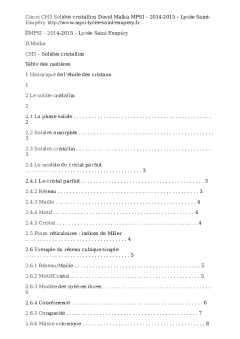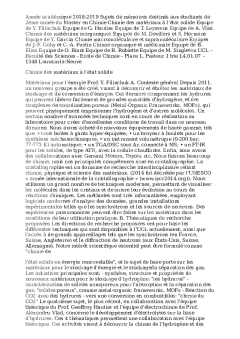Asparagus production guide
Introduction Asparagus Asparagus o ?cinalis L is a perennial crop that can remain commercially productive for - years The plant is composed of ferns a crown and the root system Growing conditions that favor healthy fern develop and the accumulation of carbohydrates food reserves in the crown and root system enhance size and vigor of buds and subsequent spears Asparagus has separate male and female plants Female plants produce seed and larger-diameter spears but have lower yields Male plants have higher yields longer productive life and produce spears earlier Male plants however do not produce seeds Uses and Nutritional Value Young tender shoots or spears are eaten half- cooked alone or mixed with other vegetables The spears are also processed by quick freezing or by canning in brine Green asparagus spears contain the following nutrients per g fresh weight Nutrient Amount Water Protein Fat Carbohydrates Vitamin A Vitamin B Vitamin B Niacin C Ca Fe P Energy Value IU g g g g mg mg mg mg mg mg mg kJ Production Management Varieties Mary Washington OP UC F Hybrid Jersey Giant F Hybrid Jersey King F Hybrid Climatic and Soil Requirements Asparagus is grown well with high light intensity warm days cool nights low relative and adequate soil moisture It grows best in sandy loam soil good drainage and aeration water table below ft and a pH of - Seedling Production Asparagus is grown from seeds and crowns A -ha production area requires kg seeds or - seedlings A - m nursery area produces enough transplants for one hectare Line sow presoaked seeds in m wide seedbeds prepared from a mixture of equal parts animal manure rice hull charcoal and garden soil The lines should be cm apart Water before and after sowing Mulch with rice straw or rice hull and provide partial shade Water regularly Apply foliar fertilizer for vigorous growth Prick in ? x ? plastic bags Land Preparation Prepare land by plowing and harrowing twice Make furrows m apart Dig holes along the furrows at - cm between holes Apply g animal manure and g complete fertilizer - - per hole Cover lightly with soil Transplanting Irrigate the area before transplanting Transplant one seedling per hole Trim the leaves spread the roots evenly and cover with soil Add soil gradually to the hills as spears develop into mature ferns For single row technique plant in the center of the furrow For double row technique plant on both sides of the furrow Maintenance Use herbicides to control speci ?c weeds Staking or trellising is advisable to prevent lodging of mother ferns Irrigation schedules depend upon local weather conditions soil texture and current stage of growth Maintain only - vigorous mother ferns and cut all other small ferns Pests and Disease Management Insect Pests Diseases Recommendations Mealybug Prune and burn a ?ected leaves Cutworms Spread wood ash Asparagus spotted beetle Spread wood ash Aphids Spray hot pepper extract or insecticidal soap remove old ferns Asparagus rust Spray pesticides
Documents similaires










-
68
-
0
-
0
Licence et utilisation
Gratuit pour un usage personnel Aucune attribution requise- Détails
- Publié le Sep 28, 2022
- Catégorie Heavy Engineering/...
- Langue French
- Taille du fichier 33.6kB


